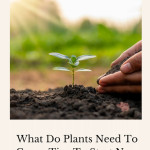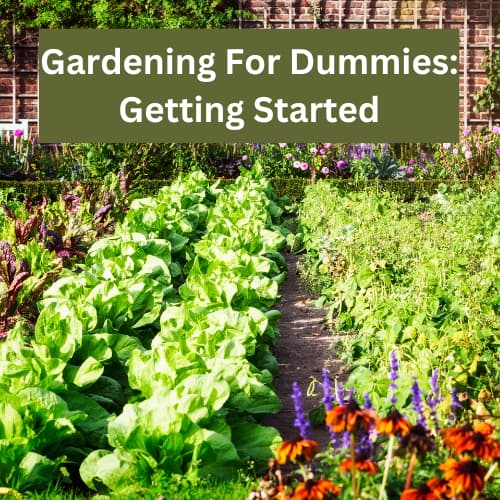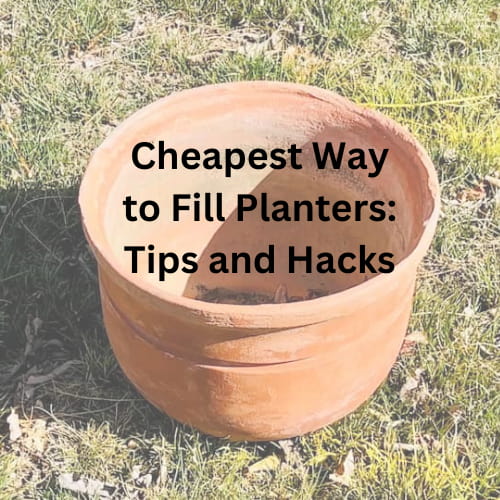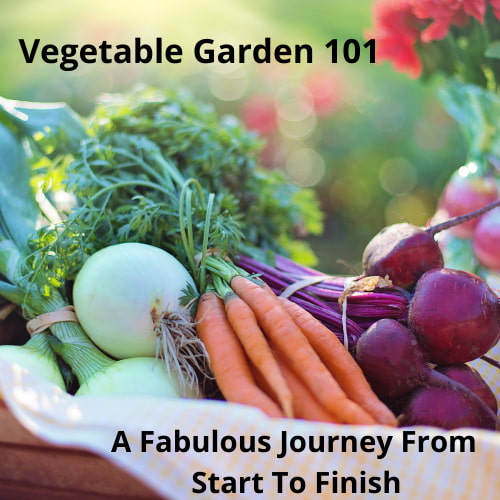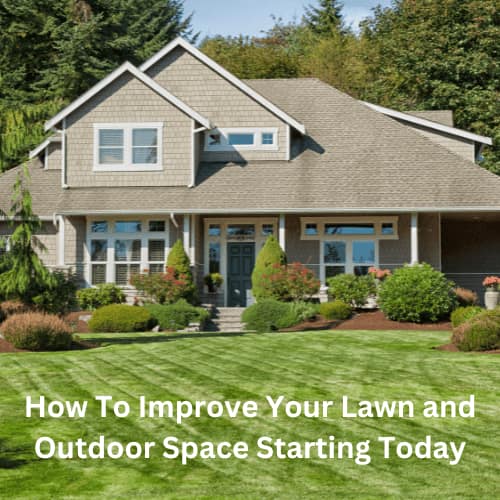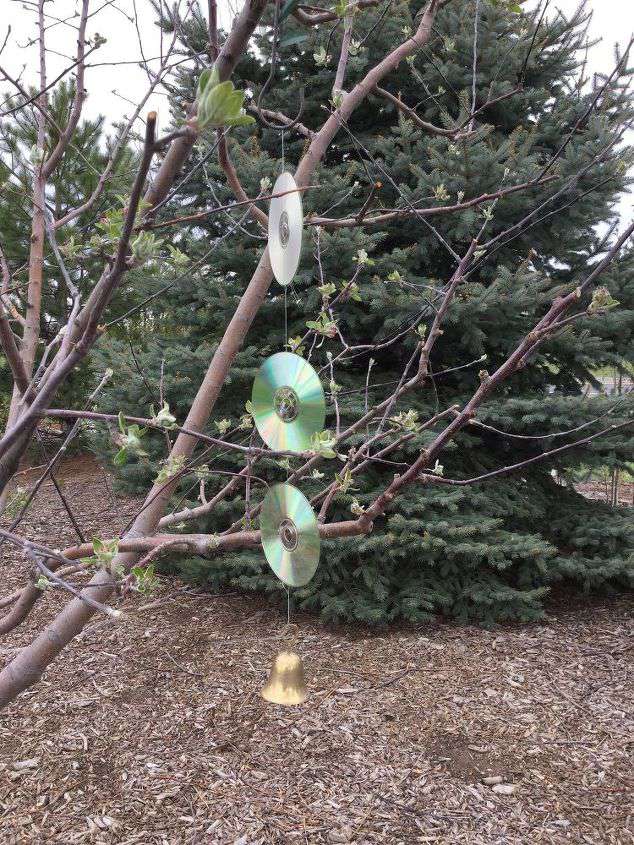What Do Plants Need To Grow: Tips To Start Now
Are you wondering what plants need to grow? In this tutorial, we’ll cover several important factors to get you started today.
This post may contain affiliate links, I earn from qualifying purchases at no extra cost to you. Click here for my disclosure policy
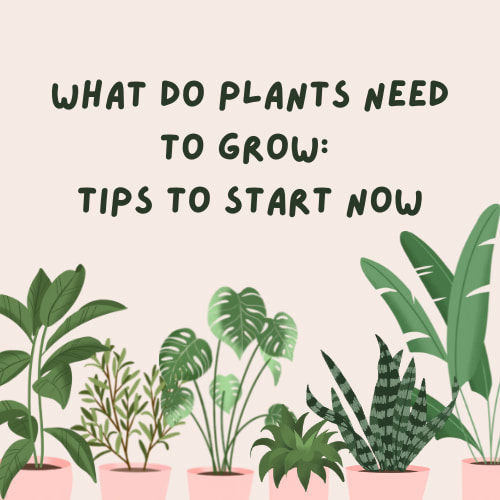
What Do Plants Need To Grow: TABLE OF CONTENTS
Table of Contents
- HOW TO GROW PLANTS
- THE MOST IMPORTANT FACTORS FOR HEALTHY PLANT DEVELOPMENT
- READY TO DEVELOP YOUR GREEN THUMB?
Gardening is a relaxing endeavor. There are many options for gardening, such as cultivating a vegetable patch or simply creating a pretty flower bed.
If you are gardening in small spaces you will need to look for specific species that thrive in the space you have. Other individuals enjoy the challenge of crop production with a fruit orchard or carefully caring for grapevines. Some gardeners prefer herbs or plants that have specific properties. An example of one of these plants is kratom. These cultivators (learn more here) are there to acquire adequate knowledge for Mitragyna speciosa gardening success.
Even though plants have diverse categories, there are common elements that they all share. Are you ready to discover how to grow healthy plants like vegetables, herbs, trees, bushes, and flowers successfully?
Keep reading.
What Do Plants Need To Grow
HOW TO GROW PLANTS
Where do you begin when you’re thinking about starting a garden? The first step is deciding what you’d like to grow and acquiring the relevant seeds or young plants.
The requirements of each plant species vary, but whether you’re growing flowers, vegetables, or trees, all plants have basic needs. These are water, air, light, and a conducive growth medium.
The most popular choice is soil, but you could select to cultivate in a hydroponic setup or use another substrate like coco coir.
You also have to choose an appropriate environment. Some garden plants flourish in full sun, while others do well in the shade or semi-bright spaces.
If you’re growing seeds, the first step is germination. Many garden stores offer seed plugs or starter kits that provide the ideal environment for them to pop.
Other options include using damp cotton wool or moist paper towels to get your seeds to sprout. Once the roots are visible, your gardening journey begins.
If you’re cultivating young plants that already have a few leaves, all you need to do is nurture and maintain them. Ensure that the pot size is large enough and be gentle if you decide to transplant them directly into the ground.
It’s also best to ensure that the soil has healthy pH levels and adequate nutrients. The loamy variety is best as it supports the roots while offering the ideal aeration and water retention properties.
THE MOST IMPORTANT FACTORS FOR HEALTHY PLANT DEVELOPMENT
Now that you know how to get started with your cultivation journey, you may want to delve a bit deeper into the topic. One question that may arise is how plants grow.
The answer lies in a unique process called photosynthesis. The first visible component of a seed that develops is the root. The roots of the plant are vital as they absorb water and nutrients.
The plant also consumes light energy and carbon dioxide. It uses these resources to create glucose, and as a by-product, oxygen. Once it produces these sugars, it uses them as food and growth occurs.
As the process of photosynthesis continues, new leaves, stems, and branches develop accordingly. As the plant matures, it also produces fruit or flowers. These usually hold the seeds after pollination.
Let’s look at what plants need to grow successfully and how to ensure that these factors are in place.
WATER
One of the most crucial requirements for cultivation is water. It plays several roles in the plant’s survival and development:
- It regulates the temperature.
- It transports nutrients and minerals from the roots.
- It’s a requirement for producing glucose.
- It helps maintain turgor pressure.
Without enough water, plants wouldn’t be able to perform functions that are vital for survival and cell growth. This factor is a bit tricky because even though it’s a crucial element, supplying too much water can damage crops.
Growers need to determine the right amount of water to ensure optimal development for each particular plant. A simple method for watering is inserting a finger knuckle deep into the soil. If it feels moist, wait a day before hydrating it. On the other hand, add liquid immediately to a dry substrate.
LIGHT
All plants need sufficient light, although some low-light plants do exist. Why is light an essential component for growing plants?
It helps with glucose production, which is essential for providing energy. Thanks to a unique pigment called chlorophyll, the leaves can absorb light energy and through a chemical process convert it into energy.
It is important to have the right amount of light. Too little exposure can impact the botanical growth negativity, but an excess can burn the leaves. Cultivators have a choice of using the sun’s natural rays or artificial lighting with artificial grow lights.
AIR
Plants use carbon dioxide in the chemical reaction called photosynthesis. Having access to clean, fresh air accelerates growth and enhances their health.
When there is too much smoke, gas, or pollutants near your garden, it impacts the plant’s ability to absorb CO2 to make glucose. Smog also blocks out light as an additional disadvantage.
Carbon dioxide fulfills multiple functions. Aside from helping during photosynthesis, the gas also plays a role in the production of sugars, starches, cellulose, and other organic compounds.
Indoor gardens need plenty of ventilation and proper airflow for healthy plant life.
NUTRIENT-RICH SOIL
The soil is where plants get their necessary food, and it’s also where the roots absorb water. A healthy substrate should have the ideal pH balance and a blend of macro and micro soil nutrients.
Phosphorus, nitrogen, and potassium fall into the first category, whereas zinc, iron, and manganese fall into the latter one.
If there’s a shortage of these mineral nutrients, it hinders plant growth and may even cause discoloration. Fortunately, there are supplements and fertilizer as well as organic matter available which can help you provide essential nutrients.
Be sure to research the needs of the different plants you’re growing, as the pH requirements differ.
THE RIGHT ENVIRONMENT
Where you grow your plants can impact their health. Individuals who have smaller apartments may opt for indoor plants. Others may have a large flower bed serving as a perimeter around a patch of a well-maintained lawn.
Regardless of your preference, the environment plays a role in how well your botanicals develop.
If you’re cultivating inside, make sure there’s adequate light available. The space needs to accommodate the plant’s size, and the pot or container should allow enough room for the root system to grow freely.
It’s a good idea to have a fan or leave some windows open for a breeze to blow in. Botanicals rely on wind resistance to gain strength as they mature. It also improves air circulation in the cultivating area and reduces the risk of mold and other pathogens.
Outdoor gardeners need to protect their plants from pets, diseases, and pests. A natural pesticide helps keep away common creepy crawlies like ants. You also have to consider precipitation and heavy winds that may damage your young crops.
TEMPERATURE AND HUMIDITY
The temperature affects the plants’ ability to grow and can be a limiting factor in many parts of the country where there is a short growing season. In most cases, they won’t mature if the environment is too cold. Depending on what your garden consists of, a range of 55–85°F is ideal.
One way to ensure that you’re growing the right type of plants is to check your agricultural zone or hardiness zones. Certain regions are more conducive to the growth of specific botanicals.
Some gardeners offset this by cultivating indoors with temperature controls, but it’s a bit more tricky for outdoor growers.
The relative humidity levels in an area also impact how well plants grow. Crops typically do better in places with moderate levels of 40–60%. The ideal number varies from one botanical to the next, but it’s best not to expose crops to excess moisture that could encourage mold.
READY TO DEVELOP YOUR GREEN THUMB?
Gardening is a relaxing endeavor that takes patience and skill. Once you understand the basics, it’s easy to cultivate most crops.
Plant growth is a hobby anyone can do. Many start with low-maintenance options, and as they develop a green thumb, move on to more challenging options.
What Do Plants Need To Grow?
Now that you know what plants need to thrive, why not start your own garden? Get growing today.
Shop any of these stores and I receive a small commission at no cost to you.
 Gardening Tool Set, CHRYZTA...Shop on Amazon
Gardening Tool Set, CHRYZTA...Shop on Amazon The HC Companies Caribbean ...Shop on Amazon
The HC Companies Caribbean ...Shop on Amazon Garden Kneeler and Seat, Fo...Shop on Amazon
Garden Kneeler and Seat, Fo...Shop on Amazon Gardzen 5-Set Seed Starter ...Shop on Amazon
Gardzen 5-Set Seed Starter ...Shop on Amazon Sereniseed Certified Organi...Shop on Amazon
Sereniseed Certified Organi...Shop on Amazon The Old Farmer's Almanac Ve...Shop on Amazon
The Old Farmer's Almanac Ve...Shop on Amazon

Check out some of my related posts!


